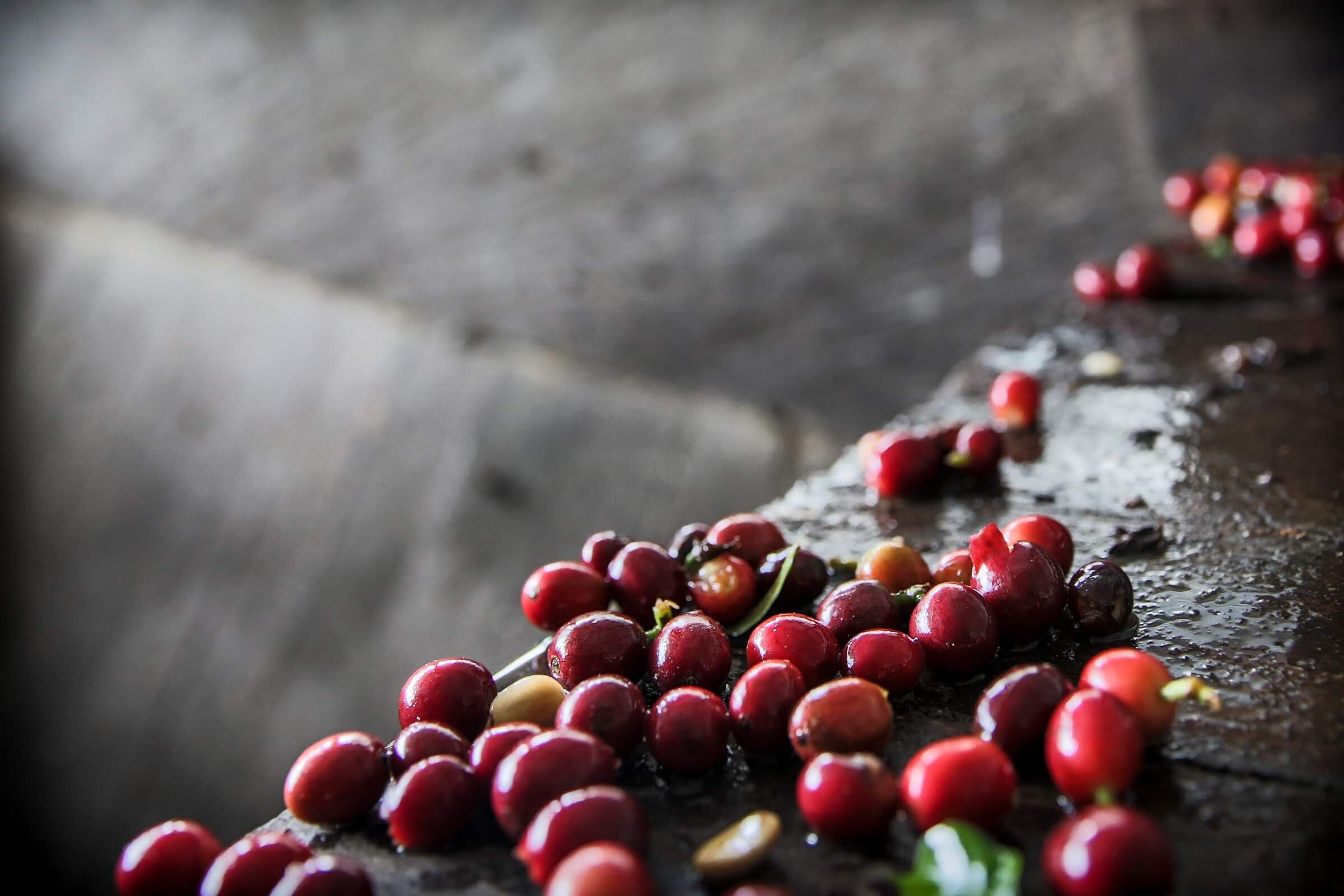Key Areas of Focus for Processing High-Quality Coffee
(Part One)
All coffee production situations are different. Infrastructure, access to water, available tools, traditional processing methods, climate, governing bodies, local value chains, farm size, common varieties, soil type, regional plagues, access to finance… each farm, neighbourhood, and country has its own unique challenges, strengths, and production culture.
To create a strict set of guidelines for producing high-quality coffee that will be relevant and practical in all scenarios, is impossible. Instead, this document provides broad advice on five key processing areas from harvest to storing dry parchment that can be adapted, trialled and potentially integrated into local systems to improve overall production quality. Thinking about why each point is included is more important than following the exact detail outlined.
Collection
collection best practices
Pick ripe cherries and store them in a cool environment throughout the day.
Sort cherries to be close to 100% ripe.
Keep the cherries cool until processing and pulp them as soon as is practical.
(the same day as they were collected is best)
Collection Rules
Pick as close to 100% ripe cherries as is practical.
Have the drop-zones store cherries in a chilled environment as they aggregate throughout the day, i.e. don’t leave cherries in sacks in the sun. Rinse the cherries and drain them if possible.
Sort cherries to be as close to 100% ripe as is practical before pulping.
Pulp the cherries as soon as it practical after collection, always the same day. Don’t hesitate.
The optimum ripeness is different for each variety, as is the corresponding proxy of cherry colour.
Cleaning
cleaning Overview
Many defects are caused by cherries or beans being trapped somewhere in the chain. They rot, and then break loose months later, contaminating the new coffee. Coffee takes on some of the odour and flavour of that it comes into contact with, so keep it clean. Think about all rags, tools, buckets, and channels you are rubbing against your coffee throughout the production.
Cleaning Rules
Treat coffee like you would any other food product.
After pulping, ensure no cherries, skins, or beans are trapped in the pulper, brushes, screens or any other parts of the processing equipment. Wash it down with water and a brush.
Clean out any channels used for transporting coffee daily.
Use non-porous fermentation tanks, and clean them after use.
Use netting to build drying beds or cover old ones.
Use a configuration such that there are no gaps or corners for coffee beans to get trapped.Clean all tools used with coffee each day, and be mindful of other potential contaminants during the processing, drying, or storage of your coffee.
Clean equipment is essential to getting a high-quality cup.
Flotation
flotation Overview
Irrespective of the method of harvesting used, be it by machine or by hand, there will always be a percentage of under or overripe cherries that make their way into the mix. Other elements such as branches, leaves, and other debris will also often appear. Due to a difference in density, debris and underdeveloped cherries will float on the surface, whereas the ripe and green cherries will sink to the bottom.
Flotation Guidelines
Float harvests in a body of water, to ensure that ripe and green cherries can be separated from the unwanted debris.
Floating more than once will help to ensure that the densities have been optimally separated.
On removal from the water, use a slotted device to remove the dense ripe and green cherries, to allow for other material and water to be able to be separated out easily.




